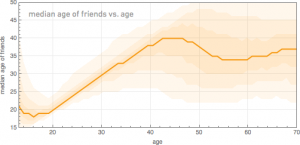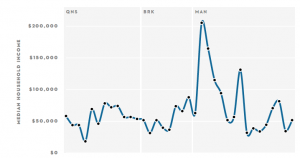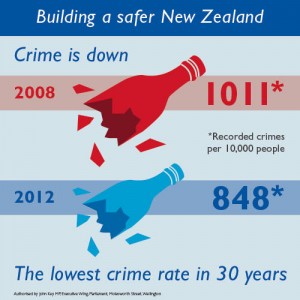Screening
Stuff has a story (borrowed from the West Island) headlined “Over 40? Five tests you need right now”.
You might have expected some reference to the other recent news about screening: that the US Preventive Services Taskforce has now joined the Centers for Disease Control in recommending universal screening for HIV (as TVNZ reported). It’s not clear if New Zealand will follow the trend — HIV infection in people not in high risk groups is less common here than in the US, so the benefit compared to more selective screening is smaller here. This illustrates the complexities of population screening. Not only does the test have to be accurate, especially in terms of its false positive rate, but there needs to be something useful you can do about a positive result, and screening everyone has to be better than just screening selected people.
So, let’s compare the suggestions from Stuff’s story to what national and international expert guidelines say you need.
Two of the tests, for high blood pressure and high cholesterol, are spot on. These are part of the national 2012/13 Health Targets for DHBs, with the goal being 75% of the eligible population having the tests within a five-year period. The Health Target also includes blood glucose measurement to diagnose diabetes, which the story doesn’t mention. The US Preventive Services Taskforce also recommends blood pressure and cholesterol tests, though it recommends universal diabetes screening only after age 50 or in people with high blood pressure or people with risk factors for diabetes.
One of the tests recommended in the story is a depression/anxiety questionnaire, for diagnosing suicide risk. Just a couple of weeks ago, the US Preventive Services Taskforce issued guidelines on universal screening for suicide prevention by GPs, saying that there wasn’t good enough evidence to recommend either for or against. As the coverage from Reuters explains, these questionnaires do probably identify people at higher risk of suicide, but it wasn’t clear how much benefit came from identifying them. So, that’s not an unreasonable test to recommend, but it would have been better to indicate that it was controversial.
One more of the tests isn’t a screening test at all — the story recommends that you make sure you know what a standard drink of alcohol is.
The top recommendation in the story, though, is coronary calcium screening. The US Preventive Services Taskforce recommends against coronary calcium screening for people at low risk of heart disease and says there isn’t enough evidence to recommending for or against in people at higher risk for other reasons. The American Heart Association also recommends against routine coronary calcium screening (they say it might be useful as a tiebreaker in people known to be at intermediate risk of heart disease based on other factors). No-one doubts that calcium in the walls of your coronary arteries is predictive of heart disease, but people with high levels of coronary calcium tend to also be overweight or smokers, or have high blood pressure or high cholesterol or diabetes — and if they don’t have these other risk factors it’s not clear that anything can be done to help them.
As an afterthought on the coronary calcium screening point, the story has an additional quote from a doctor recommending coronary angiography before starting a serious exercise program. I’d never heard of coronary angiography as a general screening recommendation — it’s a bit more invasive and higher-risk than most population screening. It turns out that the American College of Cardiology and the American Heart Association are similarly unenthusiastic, with their guidelines on use specifically recommending against angiography for screening of people without symptoms of coronary artery disease.




